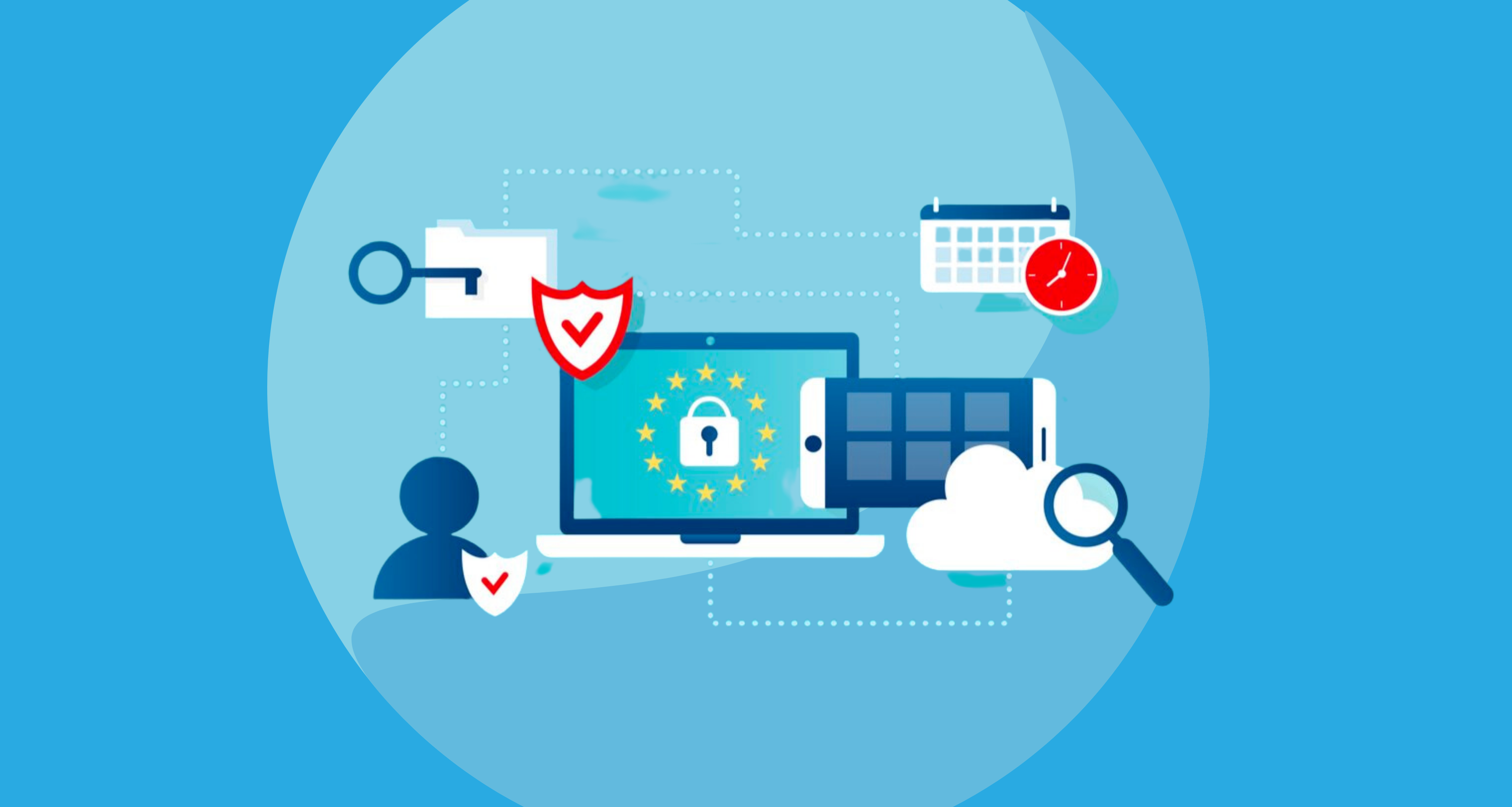
The healthcare industry faces numerous challenges in protecting patient information. And, with electronic health records (EHRs) becoming the norm, ensuring the security and privacy of sensitive data is of utmost importance. One crucial aspect of this protection is the HIPAA breach risk assessment tool and how it aids healthcare organizations in identifying potential vulnerabilities.
Navigating the Labyrinth of Security: Understanding a HIPAA Breach Risk Assessment
Under the Health Insurance Portability and Accountability Act (HIPAA), healthcare organizations such as:
- Hospitals
- Clinics
- Health Insurers
- Software Providers
Must comply with stringent regulations to safeguard protected health information (PHI). Unauthorized access, use, or disclosure of PHI that compromises its security or privacy is considered a breach.
A HIPAA breach risk assessment is an essential process that helps healthcare organizations:
- Identify Potential Risks to their PHI
- Evaluate Existing Safeguards
- Implement Additional Measures if Necessary
This proactive approach assists in mitigating breaches before they occur and ensures compliance with HIPAA regulations.
The Role of a HIPAA Breach Notification Risk Assessment Tool
A HIPAA Breach Risk Assessment Tool is designed to streamline the risk assessment process by providing a standardized framework for analysis. These tools help organizations evaluate their compliance with HIPAA regulations and identify areas of vulnerability. By utilizing this tool, healthcare professionals can take appropriate actions to protect patient privacy.
1. Assessing Potential Risks: The HIPAA Breach Decision Tool
One key component of a comprehensive HIPAA Breach Notification Risk Assessment Tool is the decision-making module. This module enables healthcare organizations to determine whether a security violation requires further action according to HIPAA rules.
By answering a series of questions related to the nature of the breach, its scope, and potential harm, this tool provides guidance on whether notification is necessary. It considers factors such as the type and amount of PHI involved, who may have accessed it, and whether measures are in place to prevent further unauthorized disclosures.
2. Risk Assessment Documentation Form: Capturing Crucial Details
Another essential aspect of a HIPAA Breach Risk Assessment Tool is the documentation form. This form serves as a central repository for recording all pertinent information related to the breach incident. It includes details such as the:
- Date & Time of the Breach
- Individuals Involved
- Steps Taken to Contain the Breach
By using this form, healthcare organizations can ensure that all relevant information is documented accurately and consistently. This documentation supports compliance with HIPAA regulations and assists in future audits or investigations.
3. HIPAA Breach Risk Assessment Analysis Tool: Evaluating Potential Impact
A HIPAA breach risk assessment analysis tool is integrated within a comprehensive HIPAA Breach Risk Assessment to assess the potential impact of a breach on patient privacy and overall risk level. This tool allows organizations to evaluate various factors, including:
- Likelihood of Harm from Unauthorized Disclosure
- Reputational Damage
- Legal Implications
- Financial Consequences
Through this analysis, healthcare professionals can prioritize their response efforts based on the severity of the risks identified. It helps them determine whether additional safeguards are necessary to prevent similar breaches in the future.
Preventing Breaches and Ensuring Proper Notification
Implementing a robust HIPAA breach risk assessment tool empowers healthcare providers to proactively address systems vulnerabilities and maintain patient trust. Compliancy Group’s Incident Management Tool makes it easy to track, manage, and respond to breaches. Our comprehensive software also helps prevent breaches by providing policies, procedures, assessments, training, and corrective actions. Find out how healthcare compliance software can help you manage your risk!









